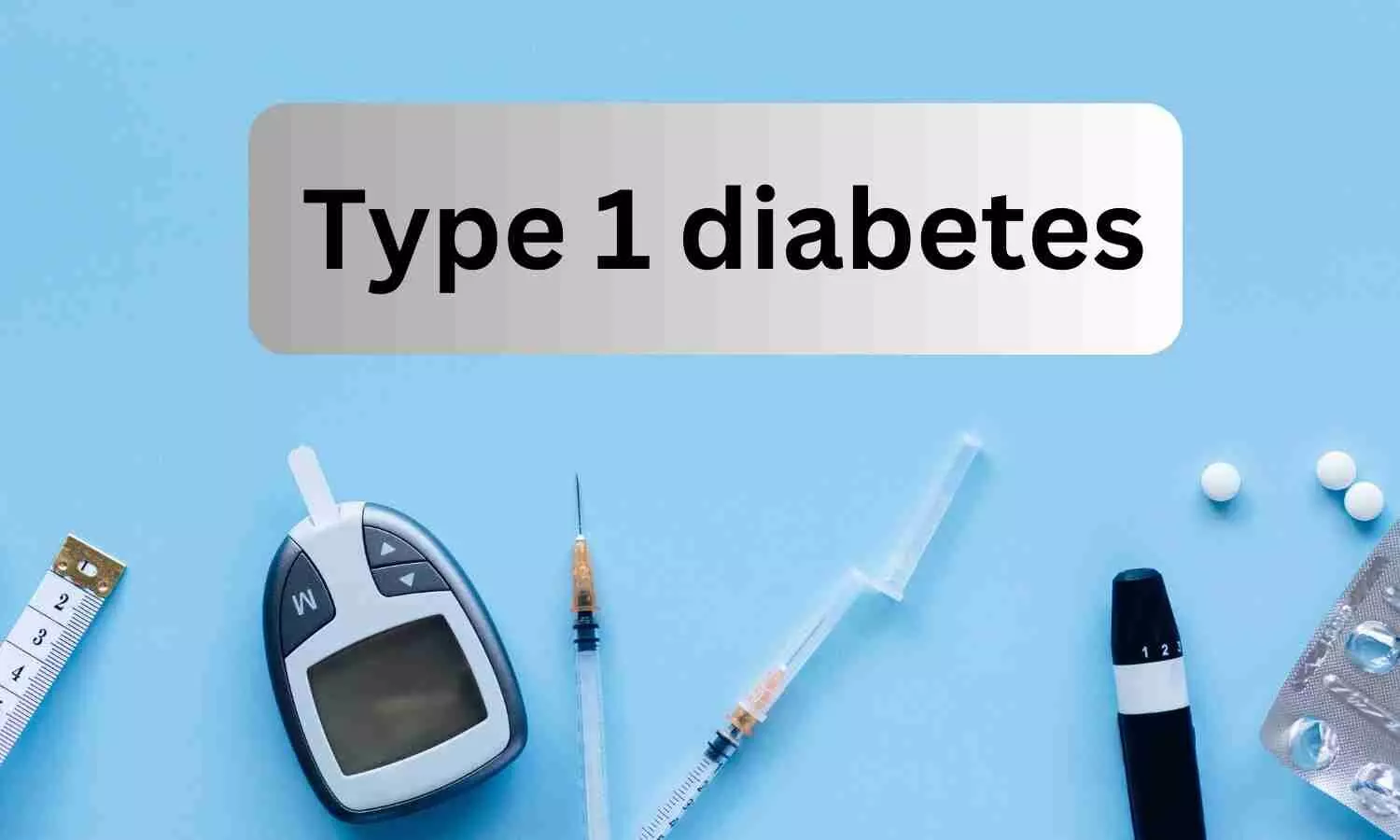Study Reveals Winter Spike in Blood Sugar Among Adolescents With Type 1 Diabetes

Israel: A recent study published in Diabetes/Metabolism Research and Reviews has uncovered significant seasonal fluctuations in blood sugar control among adolescents with type 1 diabetes (T1D). HbA1c levels were notably higher during winter-spring (7.75%) compared to summer-autumn (7.24%).
The study, conducted at a pediatric diabetes center between 2021 and 2023, also revealed sex-specific differences in how body composition influences these seasonal changes. In boys, higher appendicular muscle mass was linked to increased HbA1c, while in girls, both muscle and fat mass were associated with the variation. These findings emphasize the need for tailored, sex-specific approaches in managing T1D during different times of the year.
Circannual fluctuations in glycated hemoglobin (HbA1c) levels are well-documented in adults, yet limited evidence exists regarding similar seasonal patterns and their underlying factors in adolescents with type 1 diabetes. To bridge this gap, Hussein Zaitoon from the Faculty of Medicine in Tel Aviv University, Tel Aviv, Israel, and colleagues aimed to explore how HbA1c levels vary across seasons in youth with T1D and to investigate whether these fluctuations are influenced by differences in body composition.
For this purpose, the researchers conducted a retrospective observational study on adolescents with type 1 diabetes who were followed at a pediatric diabetes center between 2021 and 2023. They calculated seasonal HbA1c averages for winter-spring (December to May) and summer-autumn (June to November) and determined ΔHbA1c as the difference between these values. Using bioelectrical impedance analysis (BIA), they assessed body composition and examined correlations between sex- and age-adjusted z-scores of appendicular muscle mass and fat mass with ΔHbA1c.
The key findings include the following:
- Among 259 adolescents with type 1 diabetes (average age ~16 years), HbA1c levels were significantly higher during winter-spring (7.75%) than in summer-autumn (7.24%).
- In mmol/mol units, the seasonal HbA1c values were 61.16 in winter-spring and 55.72 in summer-autumn, showing a consistent pattern.
- In 102 adolescents who underwent body composition analysis, changes in HbA1c levels showed a sex-specific link to body composition.
- In boys, only appendicular muscle mass (ASMM) was significantly associated with changes in HbA1c.
- In girls, both muscle mass (ASMM) and fat mass (FATM) showed significant correlations with seasonal HbA1c changes.
The study found that adolescents with type 1 diabetes experience significant seasonal variation in HbA1c levels, with higher values during winter-spring than in summer-autumn. These fluctuations were closely linked to body composition in a sex-specific manner—muscle mass played a key role in boys, while both muscle and fat mass influenced changes in girls.
“These findings highlight the importance of considering sex-specific physiological factors when managing glycaemic control in adolescents. They also emphasized the need for further research to explore the underlying causes and long-term clinical implications of these seasonal patterns,” the authors concluded.
Reference:
Zaitoon, H., Khalil, H., Cohen-Sela, E., Eyal, O., Interator, H., Oren, A., Laurian, I., Dorfman, A., Chorna, E., Lebenthal, Y., & Brener, A. (2025). Seasonal Variations in HbA1c and Body Composition: A Sex-Specific Analysis in Adolescents With Type 1 Diabetes. Diabetes/Metabolism Research and Reviews, 41(4), e70047. https://doi.org/10.1002/dmrr.70047
